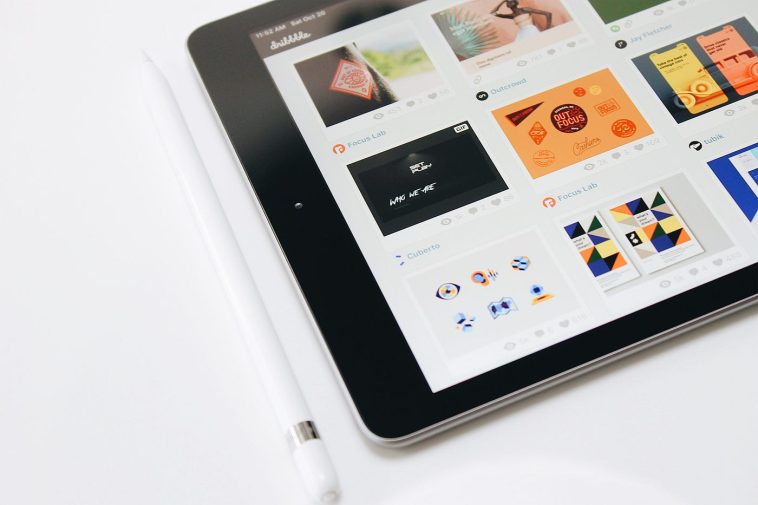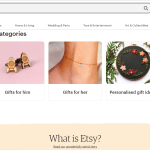Introduction.
Let’s be real—most of us want more freedom. Freedom to work from anywhere, set our own hours, and stop trading time for money.
That’s where digital products come in. They’ve completely changed the way people make money online, and the best part? Once you create them, you can sell them over and over without starting from scratch every time.
More people than ever are buying digital products. According to a report from Statista, global digital content sales are expected to hit over $400 billion by 2027.
That includes everything from ebooks and templates to online courses and stock photos. This isn’t a passing trend—it’s a huge shift in how people learn, work, and consume content.
And you don’t need a tech background or a big budget to get started. I’ve seen creators turn their knowledge, hobbies, or everyday skills into real income. You just need the right idea, a clear plan, and a way to connect with the right audience.
Let’s break down exactly how to do it—from coming up with your product idea to making sales while you sleep.
What Is a Digital Product?
A digital product is anything you can sell online that doesn’t have a physical form. It’s delivered electronically, usually through email or a download link. Some popular examples:
- Ebooks
- Online courses
- Templates (like for Canva, Notion, or Excel)
- Printables
- Memberships
- Stock photos or videos
- Music, beats, or sound effects
- Digital planners or journals
- Software or apps
What’s great about digital products is that you create them once and sell them forever. No shipping, no inventory, and very low overhead.
Step 1: Pick the Right Product for You
Think about what you’re good at or what people ask you for help with. You don’t need to be the world’s top expert—just a few steps ahead of someone else.
Here are a few questions to help you choose:
What do people already ask you about?
Do you have skills you’ve learned at work or in school?
Is there something you’ve done that others want to learn?
Let’s say you’re great at budgeting. You could create a downloadable spreadsheet or a mini-course teaching people how to manage their money.
Or maybe you design eye-catching resumes—you could sell customizable resume templates.
Still unsure what to make? Check out platforms like:
These sites will give you a feel for what’s selling and how others package their offers.
Step 2: Create Your Digital Product
You don’t need fancy software or a studio setup to make a great product. Most digital products can be created using tools you already know or can learn quickly:
Ebooks: Google Docs, Canva, or Microsoft Word
Templates: Canva, Notion, Google Sheets
Courses: Record on Zoom or Loom, edit with iMovie or CapCut
Printables: Canva or Adobe Illustrator
Make sure your product solves a specific problem or helps people reach a goal. That’s what makes it valuable.
Pro Tip: Focus on simplicity. A clean, clear design and a helpful step-by-step format often beats something overly complicated.
Step 3: Choose Where To Sell It
There are two main options: sell through a marketplace or on your own website.
Marketplaces (Etsy, Gumroad, Teachable, etc.) are easy to set up and give you built-in traffic, but they take a cut of your sales.
Your own website (via Shopify, WordPress + WooCommerce, or Podia) gives you full control, but you’ll need to drive traffic yourself.
If you’re just starting out, marketplaces are a solid choice. You can always move to your own site later.
Step 4: Price It Right
Don’t undervalue your work just because it’s digital. People will happily pay for something that saves them time or helps them solve a problem.
Ebooks: $10–$50
Templates: $5–$75 (depending on complexity)
Courses: $50–$500+
Memberships: $10–$50/month
If you’re unsure, check similar products in your niche and price accordingly.
Tip: You can always increase your price later. Start with a lower “intro price” to build momentum.
Step 5: Set Up Passive Systems
Here’s where the passive part comes in. Once your product is ready, set up a system to sell it automatically.
Here’s what I recommend:
- Landing Page – A simple page that explains what your product does and includes a “Buy Now” button.
- Payment Gateway – Stripe, PayPal, or Gumroad handle payments for you.
- Delivery System – Automatically email your buyer the product or give them a download link.
Once that’s all running, you’re free to focus on getting traffic.
Step 6: Promote It (Without Being Salesy)
You don’t need to post “Buy this!” every day to get sales. Instead, focus on helping your audience. Share tips, how-tos, or behind-the-scenes content related to your product.
Where to show up:
Instagram or TikTok (use Reels or Stories to explain what you offer)
YouTube (great for building trust over time)
Pinterest (amazing for evergreen traffic)
Email newsletter (build one early—it’s gold)
And remember: people don’t need a hard sell. They need to understand how your product helps them.
Real Talk: How Much Can You Make?
This depends on your niche, pricing, and audience size—but it’s not unrealistic to make $500 to $2,000/month after just a few months of consistency. Some creators go on to make $10k/month or more.
Take Shay Budgets for example—she started with simple budgeting printables on Etsy and now makes a full-time income helping others with financial planning.
Or Gillian Perkins—she turned her YouTube and email list into a digital product empire with online courses and planners.
FAQs
Do I need a big following to make sales?
Nope. A small, engaged audience can be way more profitable than a big one that’s not interested in your topic. Start with people you already know, or find your community online.
Can I sell more than one product?
Definitely. Once you’ve got one working, you can add more or bundle them together.
What if I’m not creative or tech-savvy?
There are tools and templates for everything now. Canva, Notion, Gumroad—they make it easy to build and sell without needing a design or coding background.
Is this better than freelancing?
It’s not either-or. But digital products let you earn money without always being “on”—so it scales better over time.
Conclusion
Creating and selling digital products isn’t a get-rich-quick scheme, but it is one of the most practical and scalable ways to build passive income.
You don’t need a huge budget or a big team—you just need a helpful product, a clear message, and a way to reach the right people.
So if you’ve been thinking about making money online in a way that actually builds over time…
What’s one digital product you could create this month that solves a real problem for someone else?





GIPHY App Key not set. Please check settings